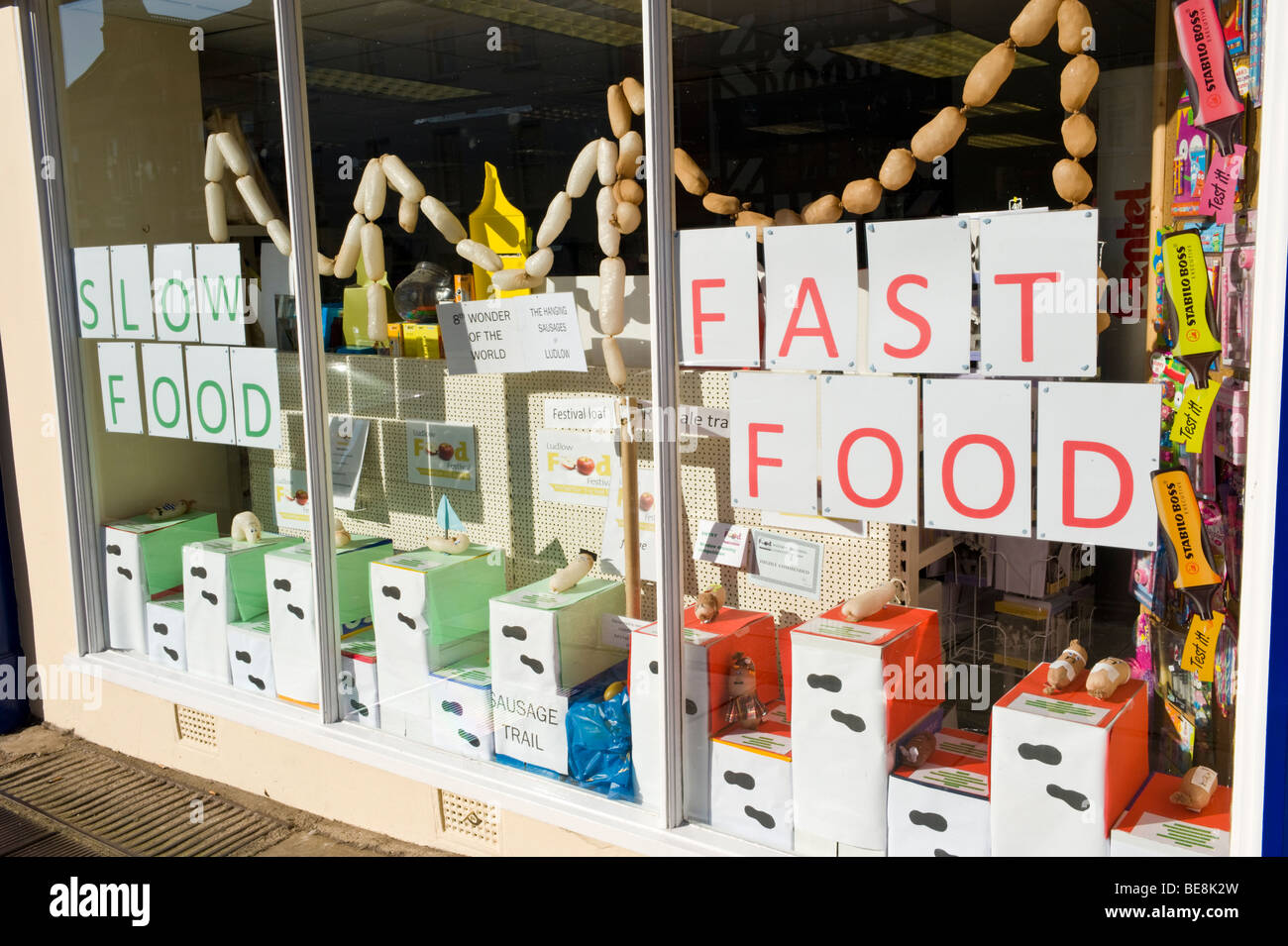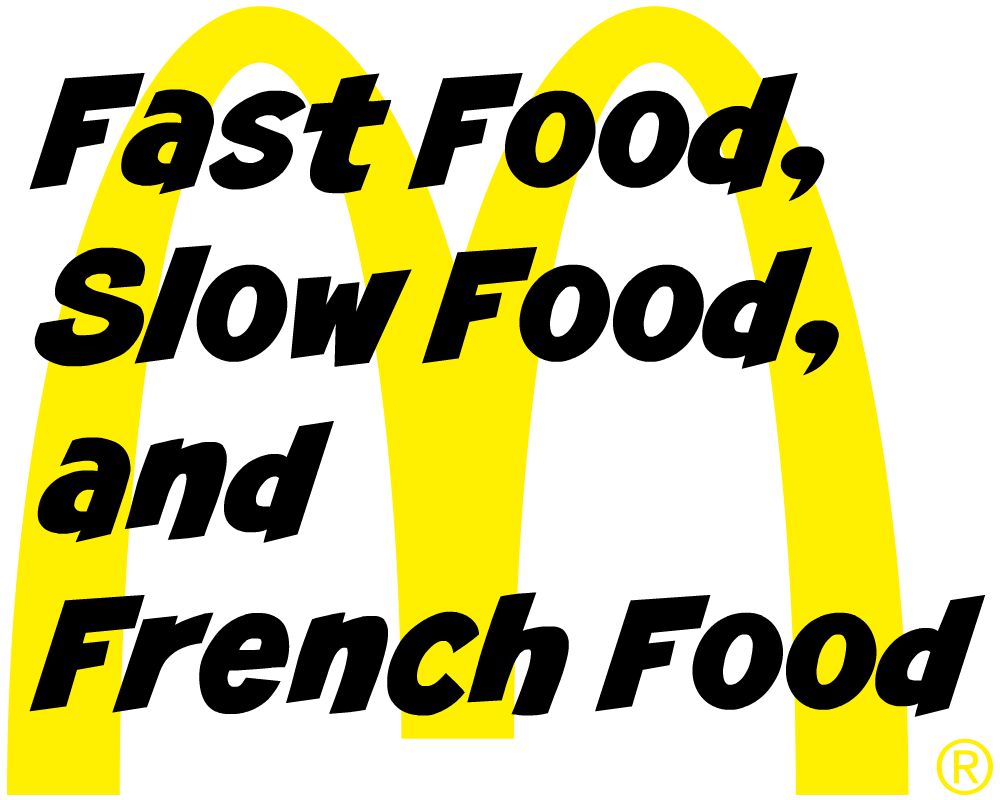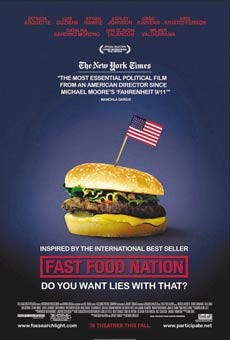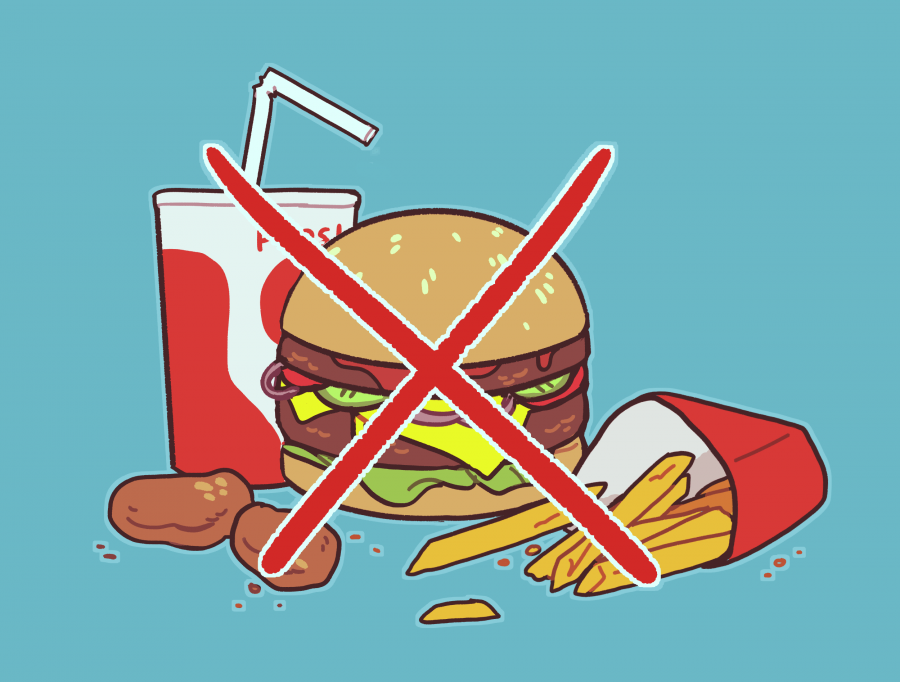Fast food and slow food are two opposing concepts that have gained popularity in recent years, particularly as the global food industry has become more industrialized and fast-paced. While fast food refers to food that is quickly prepared and served to customers, slow food is a movement that promotes traditional, local, and sustainable food production and consumption.
Fast food has become a widespread phenomenon in modern society, with chains like McDonald's and Burger King found in virtually every corner of the world. Fast food is often inexpensive and convenient, as it can be easily purchased and consumed on the go. However, it has also come under criticism for its impact on public health and the environment.
One of the main criticisms of fast food is that it is often high in calories, fat, sugar, and salt, and low in nutrients. This type of diet has been linked to an increased risk of obesity, heart disease, and other health problems. Fast food is also often made with low-quality ingredients, such as factory-farmed meat and processed grains, which can have negative consequences for animal welfare and the environment.
In contrast, slow food is a movement that seeks to preserve traditional and local food cultures, and to promote sustainable food production and consumption. The slow food movement was founded in the 1980s in Italy as a response to the spread of fast food and the homogenization of global food culture. Slow food advocates argue that food should be enjoyed as a source of pleasure and cultural exchange, rather than simply as a source of fuel.
Slow food supporters argue that traditional, local, and sustainable food production is better for both the environment and public health. Slow food often involves the use of locally-grown, seasonal ingredients, which can reduce the carbon footprint of food production and transportation. Slow food also emphasizes the importance of preserving traditional food cultures and supporting small-scale farmers and producers, which can help to build more resilient and sustainable food systems.
While fast food may be convenient and inexpensive, it is important to consider the negative impacts it can have on public health and the environment. In contrast, the slow food movement offers a more sustainable and culturally-rich alternative that values the importance of food in our lives and communities.
Fast Food Vs. Slow Food

Secret Snacks and Candies by 123 GO! I like to stay connected to ESL learners around the world through Transparent Languages ESL Blog. While Fast food chains outlets provide services with the philosophy of fast and ready for sale, cultural cuisine restaurants maintain their originality of providing services in relaxed, cozy and slow moments to its customers. The movement has also involved several smaller international bodies under its fold. Whereas slow food eating habit includes, taking more time than usual to chew every bite, and spending more time at the dining table, one can discover that it takes less food to feel full. Stock Every nook and corner of the world has its own traditional values and cultures around producing, cooking, eating and serving food; the slow food movement basically endorses those old ideas and ways of living and eating.
Slow Food’, the growing concept taking over ‘Fast Food’

I am a 32-year-old native English speaker who was born and raised in the United States. Foods that have a lengthy storage ability afford consumers at hand ingredients, allowing for variety when making food choices. The system tends to somehow affect the food taste and in giving satisfaction to their customers, and keeping their businesses profitable, fast food had to invent something which will maintain the taste of the food. What is Fast food? It seems that young people everywhere and from every country are interested in food. Protestors opposed the American fast-food giant, for opening its outlet in Rome. Once you open the door there is a whoosh of pungent smells that smack you in the face. The Slow Food Movement addresses two major concerns related to fast-paced lifestyle, one is the inclusion of healthy, wholesome and locally grown ingredients, cooked by using orthodox methods.
(PDF) Fast Food/ Slow Food

The second is to eat the meal and the food slowly, while enjoying every bit of it, as opposed to fast food. Primarily, slow food does not offer the same convenience due to the absorbent Fast Foods Research Paper known as GMOs genetically modified organisms. In truth, however, nothing quite prepares you for the scale and intensity of this gathering. Slow Food movement history The inception of the Slow Food Movement is traced back to 1986 in the town of Bra and it began as ArciGola, by journalist Carlo Petrini. СRAZY FOOD TRICKS AND HACKS Cool Food Ideas And Life Hacks by 123 GO! Another area which has benefited by slow food restaurants is the agriculture and livestock industry. Slowly, people also began to understand the importance of healthy eating instead of industrial processed food, which lacks basic nutrients. So Relatable by 123 GO! Through these campaigns of counteracting fast food, slow food movements focuses of helping people understand the importance of caring where the food comes from, who make it, how it is made and the joy of eating it.
Slow Food Movement Growing Fast

In Fast Food Nation some believe that food safety regulations can be sidestepped and low meat quality and poor management are putting the health of many Americans in danger. Due to this expansion globally, with lower prices and complaints about nutritional value of food in fast foods, slow food movement emerged in protecting slow food restaurants which started in Italy when McDonalds wanted to open the fast food there. There were more than 1,500 stalls promoting and selling all manner of food products including cheeses, cured meats and pastas after all, it is held in Italy and an endless list of oils, pulses, jams, vegetables, fruit, seafood, alcohol — the list goes on. More than half of all adults and about one-quarter of all children Regulating Fast Food Research Paper Living Better One may agree with the government regulating our food. The natural food that grows in the region where we live is the most suitable for our body, because the same natural forces impact our body and the locally grown food. For us, fair food means that eaters truly value what it took for them to be able to eat this food. Kids will do better and have more confidence in school as well as socially.
Fast Food Versus Slow Food

Lastly, Fast food offers greater variety in comparison with slow food products. I am living in Washington, DC now, but I have lived all over the US and also spent many years living and working abroad. Due to fast food manufacturer's usage of chemical additives, fast food offers variety to consumers in a convenient, economical package. Researchers have also indicated through various studies that junk food can actually cause serious damage to your brain. Funny Food Ideas By 123 GO! The case study from Central Java, Indonesia, provides unique insights because the current socioeconomic conditions have intensified existing conflicts over heritage appropriation and interpretation on local, national, regional, and global levels cf.








